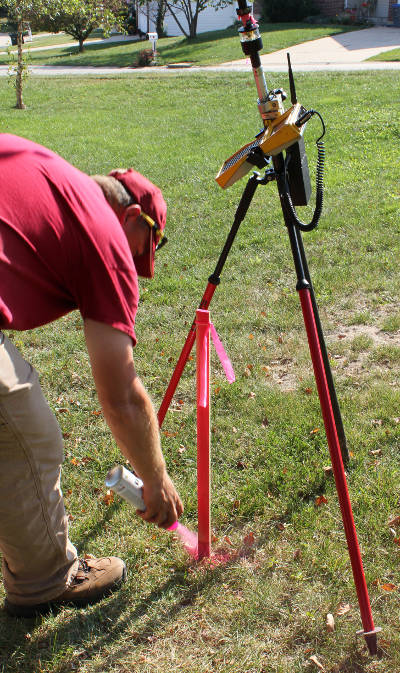The internet has made our lives so much easier. No more going to the courthouse to pull tax records – we can look that information up online!While it’s great to have that information, it can become information overload at our fingertips, which ultimately can be deceiving and misleading. For example, the assessors website offers an array of data including many of the following items:
- Lot size. BEWARE on this one! I had a client who thought they were purchasing 4 acres (which is what the assessor said), but in all actuality, once it was surveyed, turns out that the lot was only 2.5 acres. New owners are now in litigation with the sellers over the value and size of the land.
- Improvements. More and more assessors are showing a footprint of the house, porches, decks, sunrooms and more. Assessors are not architects, engineers, or surveyors and they have no standards that regulate their measurements – they are not always accurate.
- GIS Maps. These aerial photographs overlay a set of property lines onto a map. These overlays are generally “close”, but there are many cases where the overlay is incorrect and is running through the middle of the house. I would surmise that if a boundary survey were performed, that this would not be the actual case.
A boundary survey can provide factual data pertaining to the lot size, the types of improvements and the location of those improvements. Surveyors do not “guess” or “estimate”. The laws that govern licensed land surveyors holds them accountable to provide only accurate, fact driven, information.
Information provided should not be considered legal advice and all buyers, agents and title companies should consult their attorneys for legal advice.

